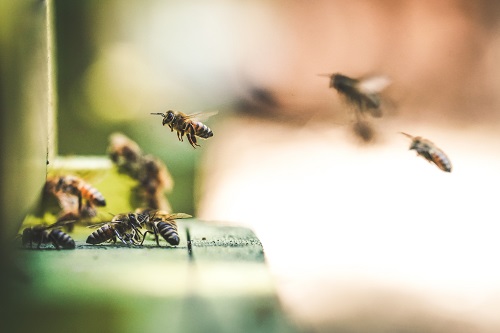Plants That Can Propagate Easily and Help You Save Money
So you have got a green thumb and it’s going great taking care of your babies. But don’t you think that it’s about time you meet your grandchildren. In other words, it’s time to propagate your plants. Luckily propagating most of the house plants doesn’t require some genius tactics. Just some simple steps and a “not to be missed care routine”. Propagating is very simple and we will be discussing various plants that can be propagated through two common propagation methods and are extremely easy and the success rate is high for them.
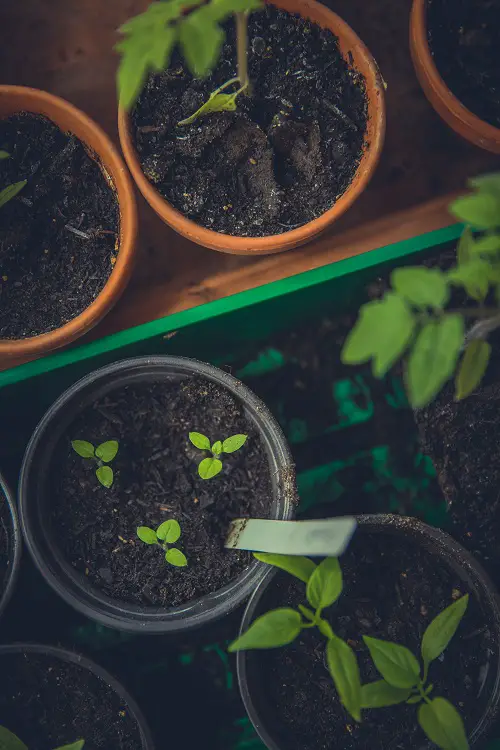
Plants That Are Easy to Propagate with Root Division
A compilation with the complete do’s and don’ts of the plants that can be propagated by root division is listed below. If you have these plants at home, then trust us, you will soon become a pro at making multiple babies of these plants by following the methods stated below. Read to get the complete grasp.
1. Snake Plant
A sword-shaped plant that has the easiest care routine. Other than that it is known to be a great air purifier while absorbing a lot of harmful cancer-causing elements from its surroundings and not to mention how elegant it looks in your indoor space. We could go on raving about how wonderful a snake plant is but we will be focusing on how to propagate this wonderful piece of nature. So what are you waiting for? It’s time to make babies!
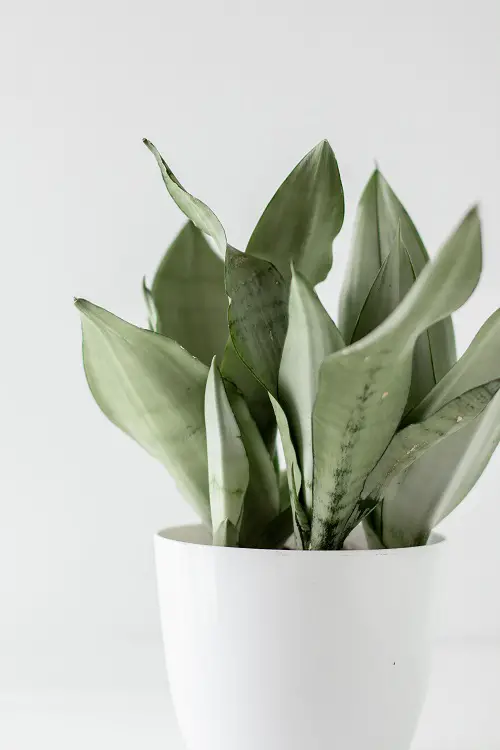
The plant grows from rhizomes which are bundled together and keep on multiplying with the passage of time. These rhizomes have the energy stored in for the leaf and stem strength. Hope you have a healthy plant, to begin with. Take it out from the pot and while using sharp shears, cut the plant in half. The minimum you can take is three rhizomes and a healthy leaf to propagate. Lastly, plant this new portion in fresh soil and a container.
Read more about different types of snake plants to grow in a home environment.
2. Boston Fern
A tropical plant that has a very delicate care routine, Boston fern does not like extreme temperatures; indoors or outdoors. Misting them year-round, if kept indoors, is a great way to maintain the humidity level they demand. It’s an evergreen perennial plant that is a fairly slow grower. While selecting a container for potting it, keep a few things in mind; firstly the container should be a tad bit bigger in size than the root ball of the plant. Secondly, it should provide ample drainage.

Propagating is fairly easy. Just take care of a few things while doing so. Spring is a perfect time to propagate Boston fern. Take the plant out of the pot and carefully cut off a section of the plant with healthy thick roots. Plant it in a fresh potting mix in a new container (bigger than the root ball) keeping the soil moist at all times. We say moist, not wet because wet feet can be cumbersome for this plant. Keep it in a temperate spot with ample indirect light.
3. Peace Lily
An aromatic and stunning plant, peace lily offers tranquility to your indoors while being a statement green collection. Tropical in nature, this plant loves shade, warmer temperatures, and moisture. Dark green foliage with the prettiest white lilies makes up this plant. Peace lily does a remarkable job at purifying the surrounding air. Rather slow-growing, this plant blooms once a year but is very easy to propagate.
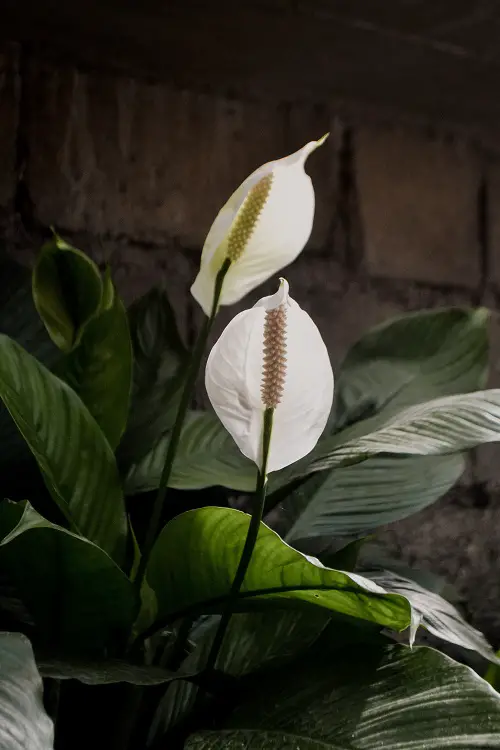
Choose a healthy mother plant to propagate in any season. Take it out of its pot and dust off all the loosened soil from its roots. With your hands, pull apart a cluster of roots with a few healthy leaves and cut the leaves from the mother plant with sharp shears. Be very gentle while doing so. Plant your new portion in a fresh pot that is no bigger than 6 inches in diameter and fill it with a good all-purpose potting mix. Water it regularly to keep the soil moist. Provide warmth and indirect bright light.
Caution: Keep it out of reach from pets and children as it has proven to be toxic.
4. ZZ Plant
A plant candy, the ZZ plant can easily qualify as an Instagram-worthy plant with its gorgeous foliage. Perhaps one of the easiest plants to propagate, the ZZ is rather a slow-growing plant that has the simplest care routine or must we say that they are neglect tolerant. A plant with waxy bright leaves should be definitely kept away from kids and pets because of its toxic traits.
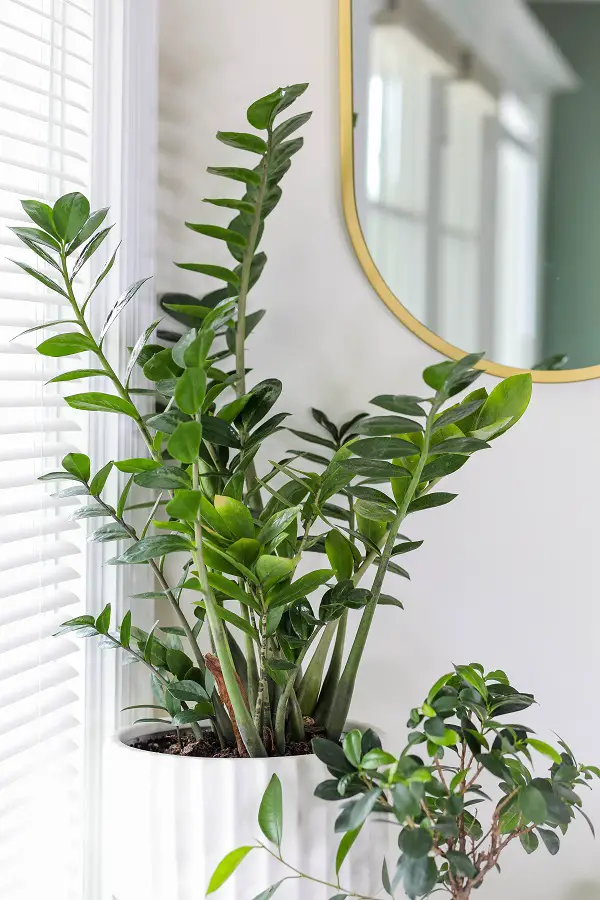
It is proven to be an excellent air purifier while absorbing a hefty amount of toxins from the air. Although we do have to admit that the name suggests a snore-fest, and rightly so as this is a beautiful indoor plant with the thickest (resembling potatoes) but extremely slow-growing rhizomes.
One simple way of propagating is separating a chunk of rhizomes from the mother rhizomes and planting them in a fresh potting mix in a new container. This shouldn’t be done very frequently as taking them out might damage the parent plant. This plant can also be propagated from leaf and stem cutting together, which develops new roots after potting. This one is rather an efficient method for plant growth as compared to propagating through rhizomes.
Plants That Are Easy to Propagate With Pups
There are certain plants that upon reaching a certain maturity, start to produce their “mini-me”. This means that half of the work has been done by the parent plant themselves. Keeping just a very important tip in mind while doing the whole process is to let the pups grow to at least a stable height before you cut them off and move them to live on their own.
Here is a list and detailed review of a few plants that can be easily propagated via pups.
1. Spider Plant
An evergreen perennial plant that is tropical in nature, spider plants can be the show-stealers of your indoor green area with their beautiful dangly foliage. Spring is considered to be the best time to propagate spider plants as it is full of energy to grow more. If you see tiny babies growing on the runner, it is your cue for propagation.
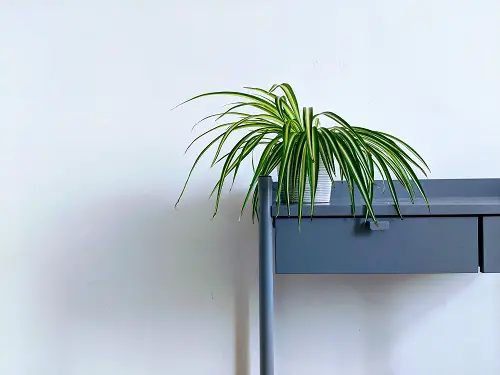
Select a baby spider dangling from the mother plant’s stem. You will notice tiny roots attached to it. Cut the Spiderette from the runner. A pot with drainage holes and lightweight potting soil is extremely important for planting a spider plant pup. You have the option of planting the new Spiderette (baby spider) in soil or simply water. The adorable fact about this propagation is that the baby plant likes to be near the mother plant till it is mature enough to develop its own roots. If you want a bushy plant, we suggest planting a few Spiderettes in a single pot. Keep the soil lightly moist (not saturated). Give it ample indirect sunlight. Resume regular care once it develops into a big plant.
2. Aloe Vera Plant
Aloe Vera is a succulent known for its thick juicy leaves with great medicinal properties. Hardy and drought-tolerant, this can add the oomph factor to your green collection. Propagating Aloe Vera through pups is the most efficient and easy way. For this, you need to be prepared with a healthy mother plant, a four-inch deep pot with a particularly succulent potting mix, and sharp shears.
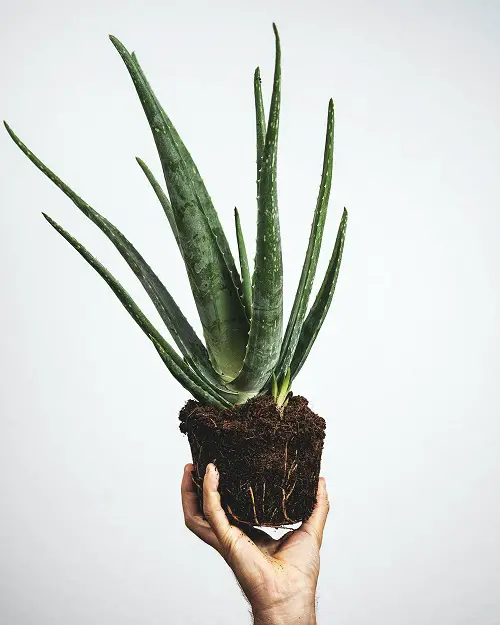
A succulent potting mix will offer better water retention as compared to the regular one. You will notice new pups at the base of the mother plant. When the pups reach a point where they have several leaves, it’s time to detach them from the mother plant.
Take the plant out with its entire root system. Be gentle and tactful while doing so. Locate the spots where the pups are attached to the mother via roots and gently cut them off. Prune off the dead and brownish parts. Let the pups form callus before planting. This part can be overlooked if the pups have their own roots. Water the newly potted plants but not that much as root rot might take place. Keep them away from strong sunlight. From a few weeks to a couple of months, you will start noticing the growth.
To learn more on how to propagate succulents from leaves and cuttings, read this article.
3. Ponytail Palm
A great-looking plant on your dresser or your workstation, the ponytail palm is a slow-growing but long-lived plant. When planted outdoors, it can grow into a full-sized tree. It is a very low-maintenance plant that can endure neglect easily.
A ponytail palm can be easily propagated via pups that grow at the bottom of the mother plant. This becomes a tad bit difficult only because of the lack of roots on the offsets. Since it rarely blooms and produces seeds, propagating via seeds becomes rare. For propagation via pups, we suggest using a rooting hormone for the offsets to develop roots. This is usually done in spring.

After the offsets or pups have developed some roots, carefully clear the base area of the mother plant to reveal the base of the pups. With sharp clean shears, cut off the pups from the parent plant and pot those in a cactus mix or a sand-based potting mix. Cover the container loosely with plastic and place it in a warm environment. Frequently mist the pot and surface of the soil.
Tip: Usually a pup that is 4 inches tall has developed a root base. That makes it the best time to propagate them off to their independent pots.
4. Bromeliad
Popular for its stunning foliage, bromeliad has an array of colorful leaves that makes it one of a kind. These are very slow-growing plants that mature in two to three years to develop flowers. You need to know the species of bromeliad to provide it with the care it needs because it varies with each genus.
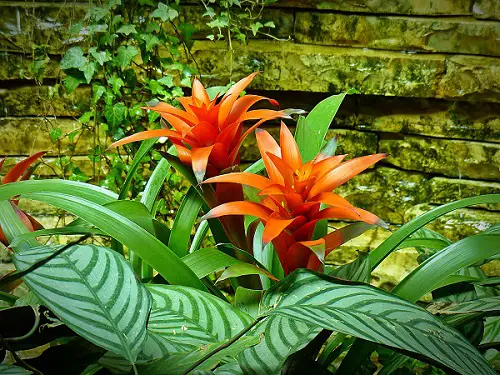
Bromeliads propagate best by growing out a few pups at the base of the mother plant. When these pups reach a certain age (about one-third the size of the parent plant), it is time to cut them off to grow separately. Commonly these pups have fewer to no roots. But once potted in individual containers, they start growing their own roots. Make sure that they get the right growing conditions which include bright but indirect light. The container you put them in should be twice as big as the base of the pup. The potting mix should be moist but well-drained.
Here are some useful container gardening ideas that would make it an absolutely fun activity.
What Can You Do With the Extra Plants?
Now that you are a pro at multiplying your existing green collection, it’s time to make use of the entire addition in your hand! We got some ideas compiled for you to put your hard work to good use. Because it’s time to reward yourself.
1. Increase Greenery in Your Home
A good grasp over propagating plants means it is time to go big! Make a small greenhouse in your home to put all your collection in a single dedicated place to provide care and home to your growing family.
2. Gift Them to Other Plant Lovers
Let’s say you are a busy person who doesn’t have enough time to look after a big collection of plants or you just don’t have enough space to keep your beloved greens. We have just the solution for you; give them as a token of love and appreciation to your friends and family. These can be the best appreciation gifts to teachers as well. Or better yet you could give them away to churches, schools, or hospitals.
3. Make Money by Gardening
Did it ever occur to you that you can make money out of propagating plants? Well, if you have ample time and more than ample propagated plants at hand, you could easily sell them at a local nursery. So not only can you save money by propagating plants but you can make money out of it too!
The method of multiplying plants can be very successful but there are stances where the newly propagated plant might not make it. Don’t lose hope and just follow the care requirements religiously after propagating the right way. Best of luck!

